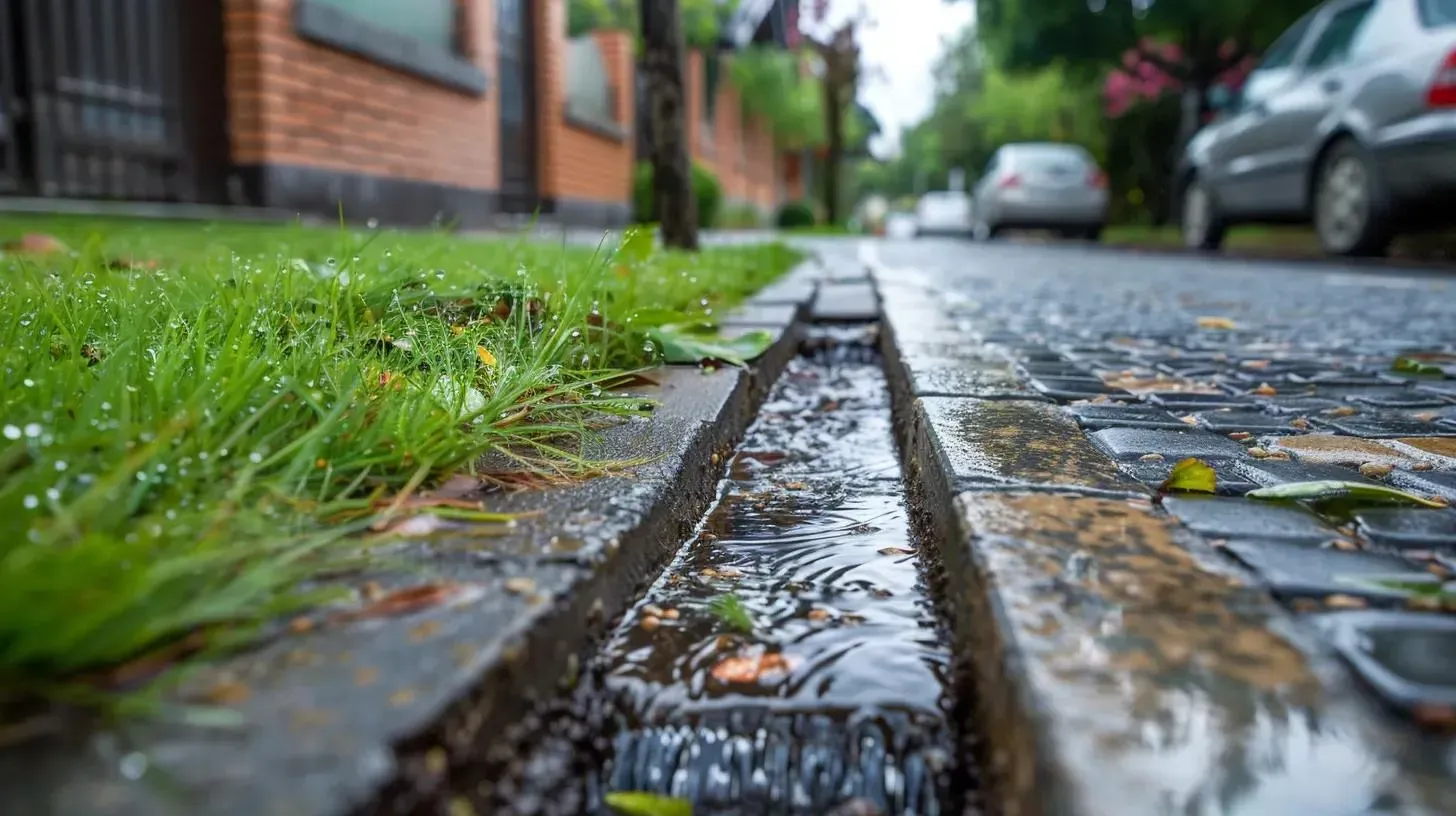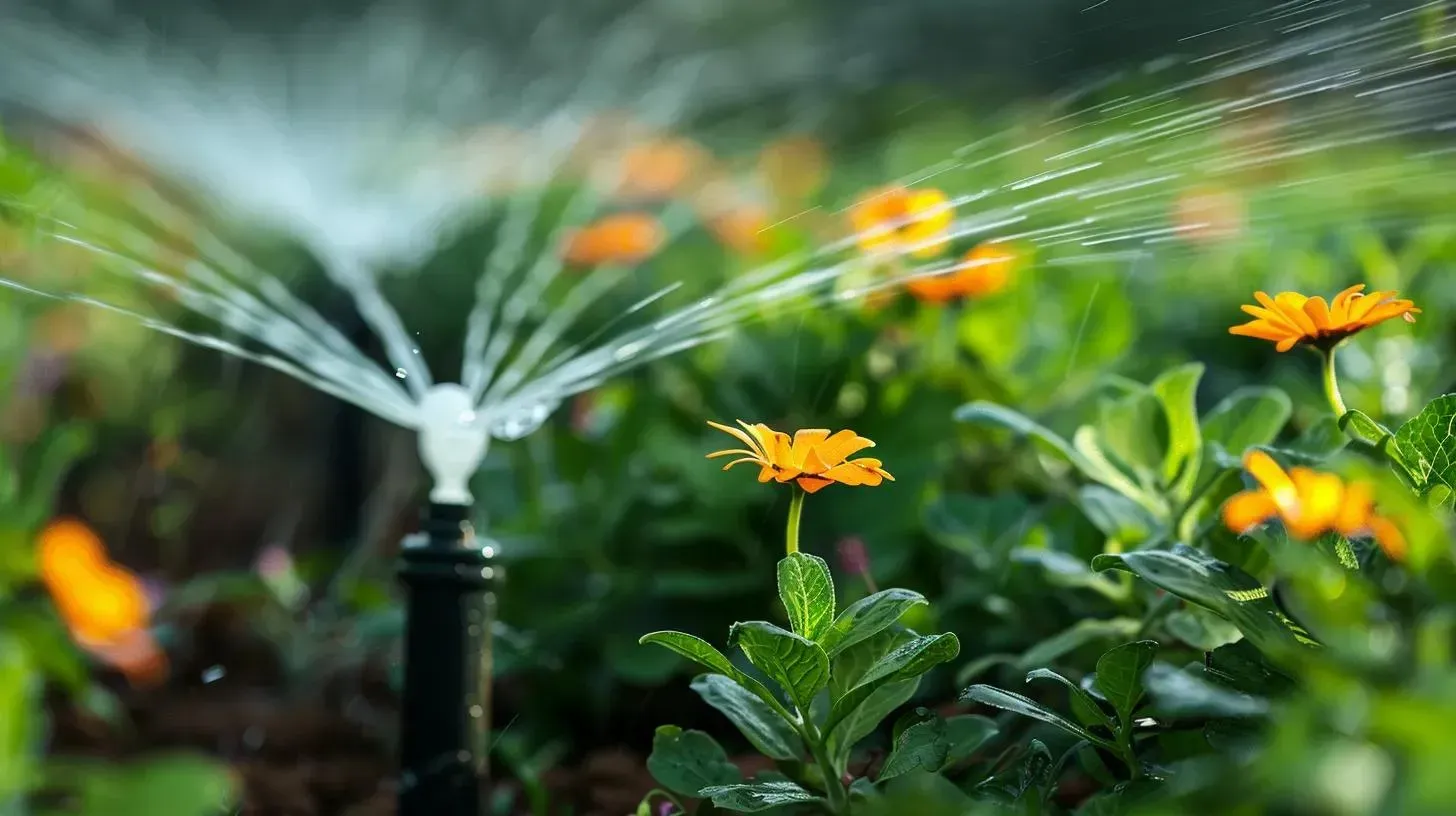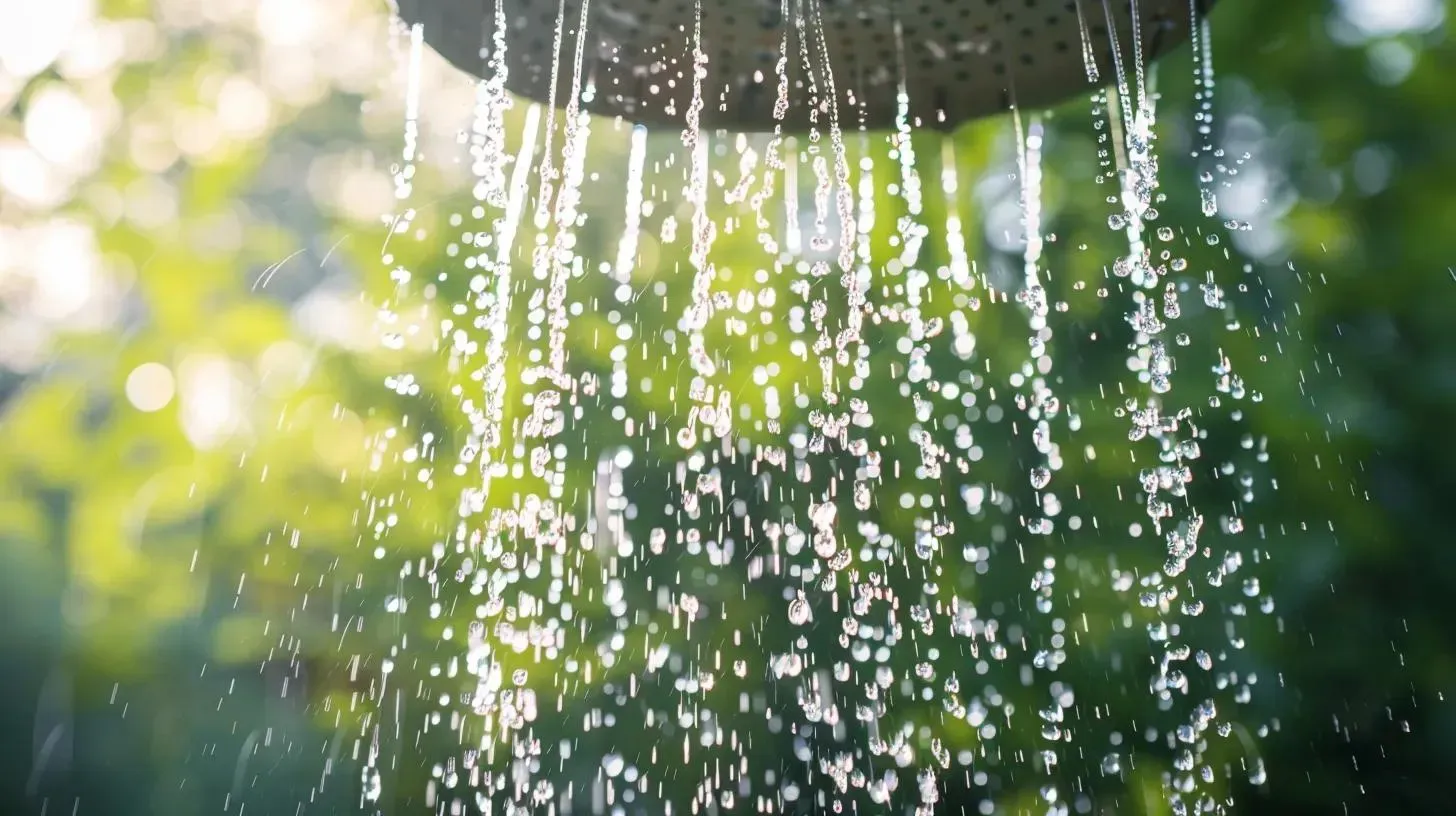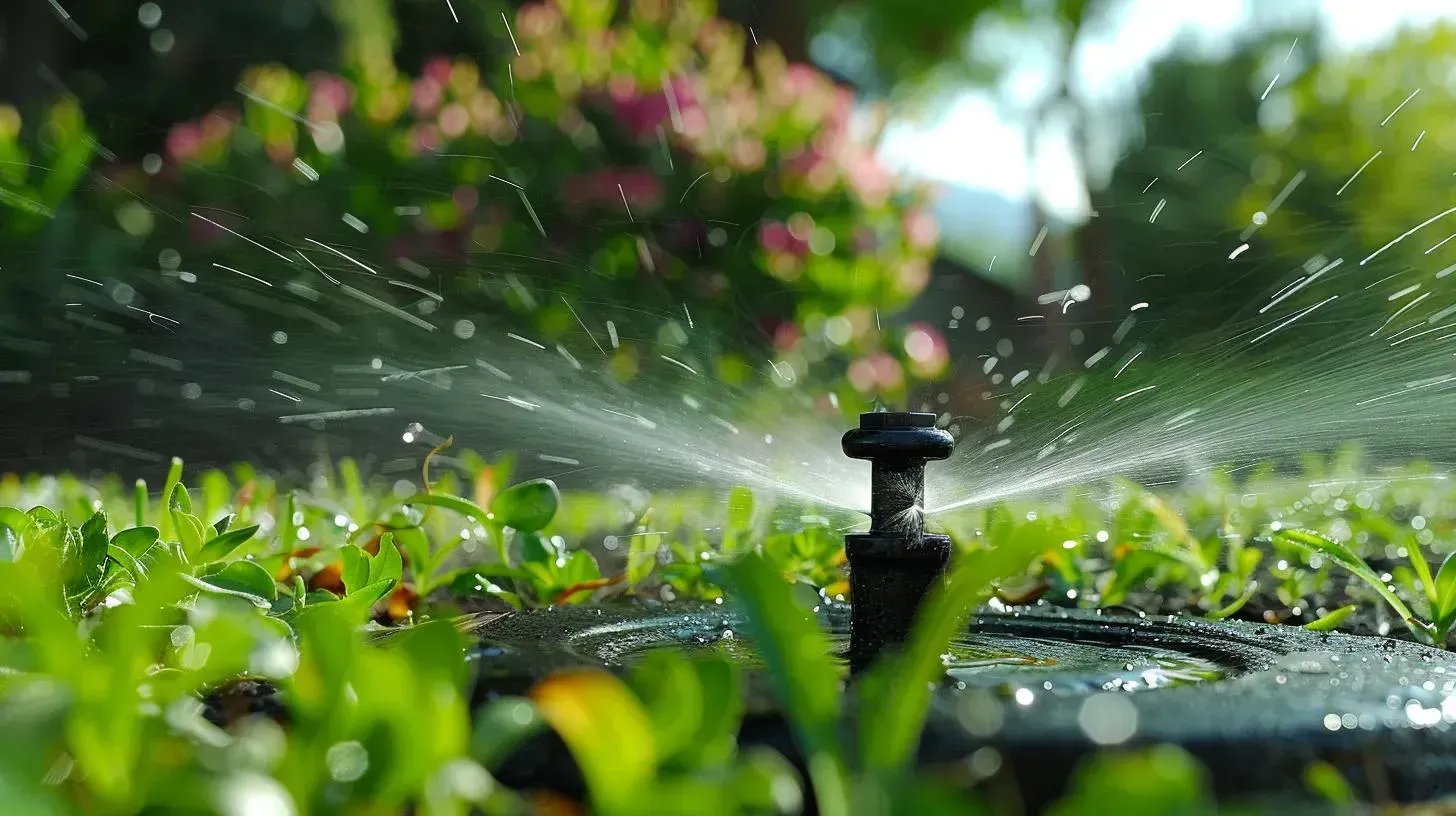What Type of Sprinkler System Works Best for Coastal Virginia Yards?
Coastal Virginia presents a distinct set of challenges when it comes to maintaining a lush, healthy yard. The unique combination of clay soil, saline air, and the subtle yet persistent influence of a coastal climate demands a tailored approach to irrigation. Homeowners and landscape professionals alike must balance water efficiency, durability, and the specific irrigation needs of the local environment. In this detailed blog, the exploration spans the latest innovations in sprinkler systems while addressing the nuances that make coastal Virginia yards unique.
Efficient irrigation is not simply a matter of selecting any sprinkler—it is about choosing a system that meets both aesthetic and practical demands. With considerations for water pressure, soil type, and seasonal variations, the decision-making process involves an in-depth understanding of each sprinkler type. By evaluating components like nozzle design, water distribution, and durability against the backdrop of coastal challenges, this blog provides a deep dive into what truly works best.
Maintaining a pristine lawn goes beyond mere watering. It involves understanding the micro-environments within each yard, from sun-drenched patches to shaded areas where moisture retention is critical. Integrated strategies that combine smart technology with traditional sprinkler designs ensure that every drop of water is utilized effectively. This approach not only supports Hampton Roads lawn care best practices but also reinforces environmental stewardship and long-term savings.
Understanding the Unique Challenges of Coastal Virginia Yards
In coastal Virginia, the landscape is dominated by heavy clay soil mixed with organic matter, making water retention and runoff key issues. Properties in this region experience high evaporation due to strong coastal winds and fluctuating temperatures. The saline air also creates a scenario where corrosion and material degradation could be more pronounced if the wrong system is chosen. Professionals emphasize that the type of sprinkler system installed should cater specifically to these environmental factors.
For homeowners seeking a targeted solution, it is essential to consider a system that disperses water evenly while accommodating the slow drainage characteristic of clay soils. Such an approach minimizes water waste and encourages a greener, healthier lawn—vital in areas where every drop counts. This is why many experts recommend designs that include slow-release features and efficient distribution methods.
In addition to advanced sprinkler technology, integrating proper water management practices is key. Existing landscaping should be adapted to accommodate these installations. For instance, the incorporation of specialized irrigation systems can greatly enhance the efficiency of Yard Sprinkler System Hampton Roads strategies throughout the region.
Types of Sprinkler Systems for Coastal Virginia Yards
Designing an ideal irrigation setup means selecting a sprinkler system that aligns with the yard’s layout, soil composition, and environmental challenges. Below are some of the most popular choices along with their strengths and limitations:
Rotary Sprinkler Systems
Rotary sprinklers are renowned for their gentle, rotating streams of water. They discharge water slowly, making them ideal for clay soils where fast, heavy sprays could lead to runoff. These systems are designed to distribute water evenly over large areas, reduce evaporation losses, and avoid overwatering—common issues in coastal regions.
Key Advantages:
- Even Water Delivery: Helps reduce water waste and evens out moisture levels.
- Adaptable Range: Suitable for various yard sizes and shapes.
- Minimized Runoff: Ideal for slow-draining clay soils.
Potential Drawbacks:
- Requires higher water pressure.
- Complexity in installation compared to simpler systems.
Oscillating Sprinkler Systems
Oscillating sprinklers swing back and forth, providing a fan-like spray that’s best suited for medium to large flat areas. Their adjustable settings make them perfect for homeowners looking to cover specific zones without oversaturating the soil. However, in windy conditions—a common occurrence along the coast—their efficiency might be compromised due to water drift.
Drip Irrigation Systems
While not a traditional sprinkler system, drip irrigation delivers water directly to the plant roots—a feature that is particularly beneficial for garden beds, shrubs, and flower arrangements. Drip systems are highly water-efficient, reducing evaporation and preventing water runoff from heavy clay soils. They are excellent for localized irrigation needs but may not cover large lawns as efficiently as sprinkler systems.
Fixed (Stationary) Sprinklers
Fixed sprinklers are designed to provide a consistent, unchanging pattern of irrigation. They work best in areas where water can be delivered uniformly across small to moderate sections of a yard. Although they have fewer moving parts—which reduces the likelihood of mechanical failure—their fixed pattern may not suit more complex or irregular yard layouts.
Each of these systems brings unique benefits to coastal Virginia yards. When choosing among them, the fundamental goal remains the same—efficient, consistent, and environmentally friendly irrigation.
Essential Features to Consider in an Irrigation System
Selecting the right sprinkler system is more than simply matching a system to the soil type—it’s about evaluating the overall features that suit the specific needs of a coastal yard. The following aspects are critical in this decision-making process:
Water Pressure and Flow Rate
Reliable water pressure ensures that the irrigation system can deliver water uniformly across the yard. In coastal areas, where water pressure fluctuations are common, systems that can compensate for these variations are highly desirable. This is especially important when considering the best sprinkler for clay soil, as slow-release patterns are best achieved under stable pressure conditions.
Durability and Weather Resistance
Coastal climates are notorious for high winds, salt spray, and moisture variability. Sprinkler systems must therefore be constructed from materials that resist corrosion and mechanical wear. High-quality components such as metal nozzles with rust-resistant coatings are recommended. The durability factor is critical not only for performance but also for long-term cost savings.
Ease of Installation and Maintenance
A user-friendly system that simplifies the installation process can save homeowners and professionals considerable time and money. Systems equipped with modular components and self-adjusting features reduce the need for frequent maintenance. This aspect is crucial for achieving hassle-free Outdoor Lighting Solutions Hampton Roads coordination while integrating irrigation with other landscape features.
Environmental Efficiency
In an era where water conservation is paramount, choosing an irrigation system that minimizes waste is critical. Advanced systems often integrate smart sensors and timers that adjust water delivery based on real-time weather data and soil moisture levels. Such intelligent systems can lead to significant improvements in irrigation for coastal climate by reducing water consumption and promoting sustainable landscaping.
Cost Considerations and Installation Insights
Investing in a high-quality sprinkler system is a balance between upfront costs and long-term benefits. While initial installation may require a higher budget, the payoffs in water savings and reduced maintenance expenses are significant. Homeowners need to consider not only the purchase price but also installation, potential repairs, and system upgrades over time. Professionals advise that cost analyses should factor in both the system efficiency and regional water pricing.
For a deeper dive into pricing strategies and budgeting tips, one might explore details in Sprinkler System Cost in Hampton Roads literature. Considering factors such as the size of the property, complexity of terrain, and integration with other outdoor features helps in ensuring that the chosen system delivers optimum performance without fiscal strain.
Integrating Irrigation Systems with Overall Landscape Design
A well-planned sprinkler system should be an integral part of a comprehensive landscape design. By harmonizing irrigation with outdoor lighting, paths, and garden features, homeowners create more appealing and functional outdoor spaces. Aligning the sprinkler system with overall design goals is especially important in the region. The integration not only enhances aesthetics but also improves functionality, ensuring that every square foot of the yard receives adequate water without oversaturation.
Incorporating additional elements, such as Reasons to Install a Sprinkler System, can further elevate the landscaping project. Combining efficient watering with modern design trends keeps the overall appearance cohesive. Professionals often advise that integrating irrigation with landscape lighting can create striking nighttime vistas while minimizing water wastage during extended dry periods.
Homeowners also need to consider the layout and natural contours of their yard. A well-designed irrigation system mirrors the overall landscape architecture, ensuring that every plant or garden bed is provided with the necessary hydration for optimal growth.
The Role of Technology in Modern Irrigation
Modern irrigation systems have evolved from simple mechanical devices to highly sophisticated networks that integrate smart technology. Smart controllers and automated timers now allow homeowners to schedule watering during optimal times, adjust flow rates based on seasonal variations, and even incorporate real-time weather forecasts into the watering schedule. These technological advances are especially beneficial in coastal areas, where moisture levels and temperature fluctuations are more pronounced.
Contemporary systems often come with smartphone apps and remote access features. This means that even when away from home, property owners can monitor and adjust their systems to ensure that water is used as efficiently as possible. The digital integration of these systems minimizes human error and helps maintain consistency across large lawns, particularly in areas with Hampton Roads lawn care challenges.
Moreover, innovations such as soil moisture sensors and rain detection systems provide real-time data that the irrigation system can use to adjust water output. The incorporation of these features not only enhances the effectiveness of the system but also promotes ecological sustainability. The use of technology in irrigation represents a shift toward smarter, eco-friendly solutions that cater to the demands of both urban and rural landscapes in a coastal setting.
Maintenance and Best Practices for Coastal Lawns
Even the best sprinkler system requires routine maintenance and regular system checks. In coastal Virginia, where environmental conditions fluctuate, proper upkeep is crucial for sustained performance. Homeowners should be proactive about inspecting sprinkler heads, cleaning nozzles, and verifying that timers or sensors are functioning accurately.
Best practices include seasonal adjustments—such as reducing water output during periods of high humidity or increasing hydration during prolonged dry spells. These measures ensure that lawns receive the right balance of water, preventing both overwatering and drought stress. Regular maintenance also extends the life of the system, reducing the need for costly repairs down the line.
For those looking to integrate their irrigation efforts with broader home landscaping projects, ensuring synergy between water management and other features is essential. Coordinating with services like Outdoor Lighting Solutions Hampton Roads can create an environment that highlights both efficiency and beauty, ensuring that every season is met with renewed success in lawn care.
Environmental Benefits and Water Conservation
Efficient irrigation systems offer significant environmental benefits. By reducing water wastage and minimizing runoff, smart sprinkler systems contribute to overall water conservation efforts. In coastal Virginia, where natural water resources might be limited and conservation is paramount, choosing the right system is not just a financial decision but also an ecological one.
Sustainable irrigation practices reduce the reliance on excess water, promote soil health, and help maintain local biodiversity. Water conservation technology, such as moisture sensors and adaptive scheduling using smart controllers, ensures that water is delivered exactly when and where it is needed. This approach supports both lush green lawns and a healthier environment, providing a model for irrigation for coastal climate challenges.
The commitment to environmentally friendly practices through efficient irrigation enhances not only the visual appeal of a yard but also contributes to long-term ecological sustainability. By reducing water consumption, homeowners play an active role in preserving natural resources, ensuring that every garden and landscape is as sustainable as it is beautiful.
Frequently Asked Questions (FAQs)
Q1: What type of sprinkler is best for clay soil?
Rotary sprinklers are often recommended for clay soil because they deliver water slowly, reducing runoff and allowing better absorption by the heavy soil. This makes them ideal for properties where overwatering can lead to pooling or erosion.
Q2: How does irrigation for a coastal climate differ from other regions?
In coastal areas, high winds, salt spray, and fluctuating temperatures require a system that can adjust its water output dynamically. Smart controllers and moisture sensors ensure that water is used efficiently, catering to the unique environmental conditions of coastal climates.
Q3: Are rotary sprinklers ideal for large coastal yards?
Yes, rotary sprinklers are particularly well-suited for large yards in coastal regions. Their ability to cover wide areas evenly and their slow, consistent water delivery make them a popular choice for managing the challenges posed by clay soils and high evaporation rates.
Q4: How can one minimize water waste with coastal irrigation?
Minimizing water waste can be achieved by using systems equipped with smart sensors and timers. Technologies that adjust water flow based on real-time weather conditions significantly reduce runoff and ensure that only the required amount of water is used.
Q5: What maintenance does a coastal sprinkler system typically require?
Regular inspection, cleaning of nozzles, and seasonal adjustments are key to maintaining a coastal sprinkler system. Checking for clogs, ensuring proper pressure settings, and verifying sensor functionality can help extend the system’s lifespan and maintain optimal performance.
Conclusion
Coastal Virginia yards demand a sprinkler system that can confidently handle the challenges of clay soil, salt air, and variable weather patterns. From the gentle, rotating streams of rotary sprinklers to the precision of drip irrigation systems, every option is designed with a focus on efficiency, durability, and environmental sustainability. A well-chosen system advances not only the aesthetics but also the functionality of your outdoor space.
Hampton Roads Irrigation & Landscape proudly stands behind these solutions, providing exceptional service, innovative designs, and local expertise to meet the unique needs of coastal Virginia yards.











